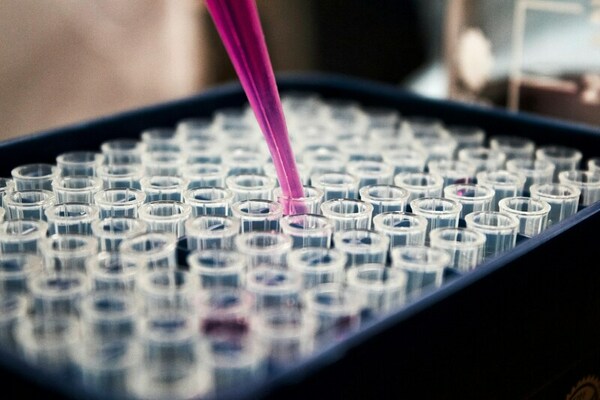Genetic underpinnings of the sex bias in autism spectrum disorder
(1) Lexington High School, (2) Department of Neurology, Massachusetts General Hospital
https://doi.org/10.59720/23-169
Autism spectrum disorder (ASD) is a neurodevelopment condition featuring difficulties in social interaction and communication. ASD is also well-known for its sex bias, in which males are diagnosed approximately four times more frequently than females. Although recent sequencing studies have identified a genetic etiology of ASD, the sex bias in ASD still remains largely unexplained because the frequencies of autosomal ASD-associated genetic variations are equivalent between males and females. We hypothesized that if the intrinsic expression levels of ASD-associated genes are different between males and females, they may contribute to the sex bias in ASD. Aiming to decode the genetic contribution to the ASD sex bias, we determined whether gene expression levels of ASD-associated genes were different between undiagnosed males and females. Analyses of the ribonucleic acid sequencing (RNAseq) data from the Genotype-Tissue Expression consortium (GTEx) revealed modest differences for 17 ASD-associated genes in the relevant brain regions between males and females. These candidate genes showed stronger collective sex-dependent expression in the gene set enrichment analysis, which was subsequently validated by the RNAseq data from the PsychENCODE consortium. In addition, gene ontology analysis revealed the functional relevance of the 17 candidate genes in chromatin remodeling and synaptic regulation. Taken together, these candidate genes discovered through big data analysis suggest that sex-dependent expression of ASD-associated genes may contribute to the sex bias in ASD. These novel insights into the sex bias may refine underlying disease mechanisms of ASD, potentially informing therapeutic strategies for improving the quality of life of diagnosed individuals.
This article has been tagged with: